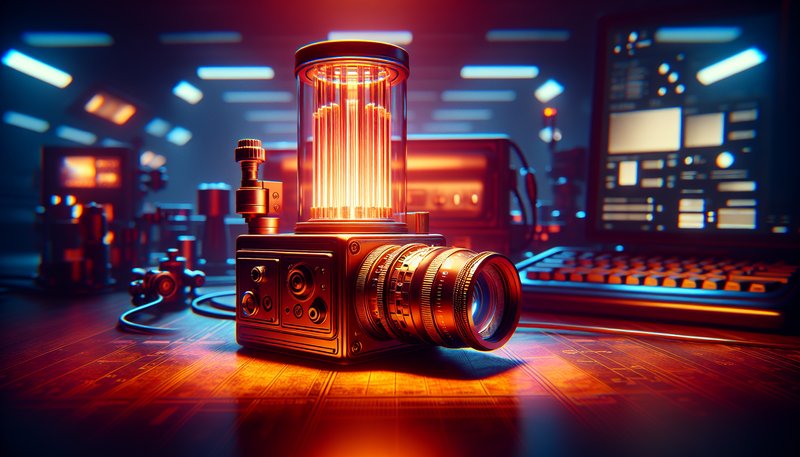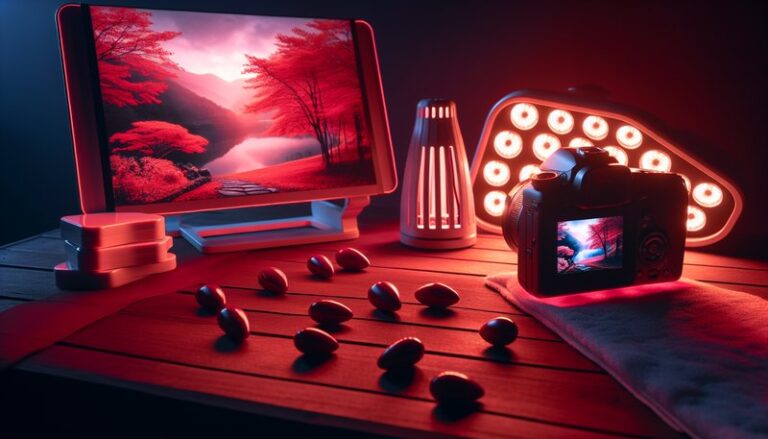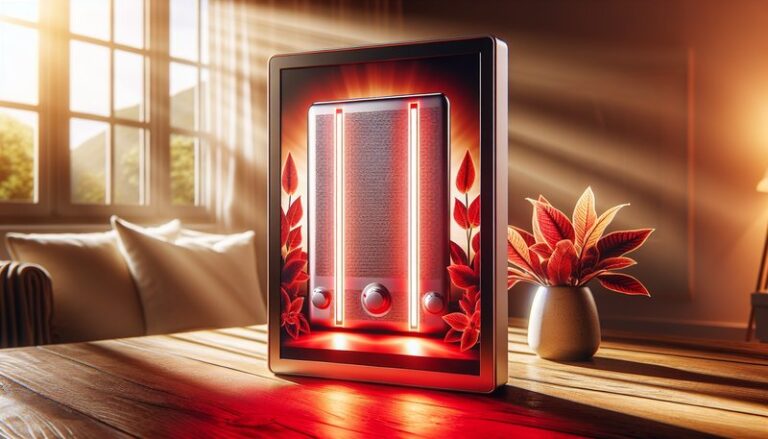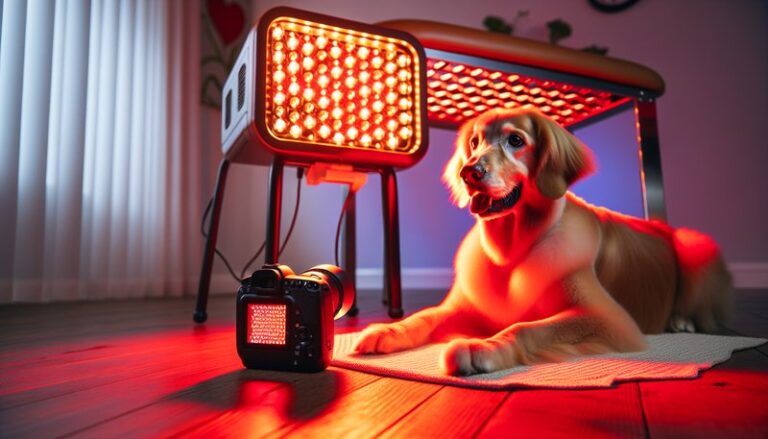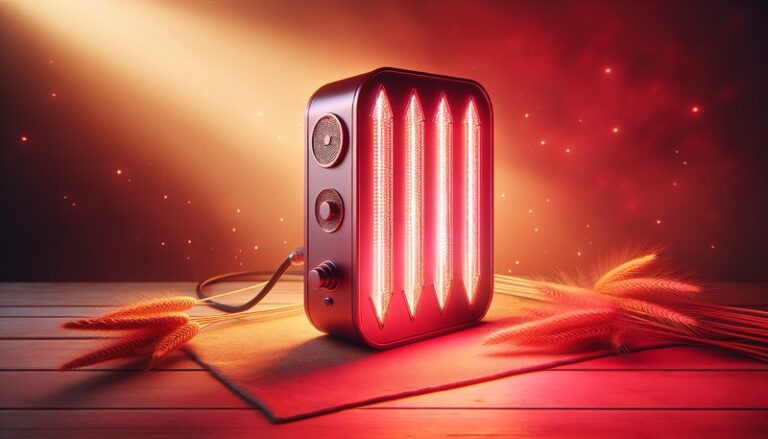Is Red Light Therapy Effective?
Are you curious about the growing trend of red light therapy and its potential benefits?
In recent years, red light therapy has gained popularity as a non-invasive treatment method used for various health and wellness purposes, including skin rejuvenation, pain relief, and improved recovery. This article will explore the efficacy of red light therapy, the benefits it provides, considerations before use, alternatives, and answer common questions.
Key Takeaways
- Red light therapy is a non-invasive treatment harnessing specific wavelengths of light to promote healing and rejuvenation.
- Documented benefits include enhanced skin health, reduced inflammation, and improved muscle recovery.
- While generally safe, potential users should assess their specific conditions and consider consulting with a healthcare professional.
What is Red Light Therapy?
Red light therapy (RLT) involves exposing the skin to low levels of red or near-infrared light. This light penetrates the skin layers and is thought to trigger biological processes that support healing and regeneration. Employed in various settings, from dermatology clinics to home-use devices, red light therapy offers a versatile approach to both cosmetic and therapeutic applications.
The mechanism behind red light therapy revolves around its interaction with cellular processes. Mitochondria, the powerhouse of our cells, absorb the light energy, which enhances ATP production—the energy currency of cells. This increased energy facilitates healing, reduces inflammation, and promotes collagen production.
What are the Benefits of Red Light Therapy?
Red light therapy offers numerous advantages for both health and aesthetics. Below are some notable benefits derived from its use.
Skin Rejuvenation
Red light therapy has been shown to improve skin texture and tone. Studies indicate that the application can stimulate collagen production, which may reduce wrinkles and fine lines, leading to younger-looking skin. Anecdotal evidence from users highlights improved acne scars and overall skin clarity.
Pain Relief and Inflammation Reduction
Numerous studies have documented the effectiveness of red light therapy in decreasing pain and lowering inflammation. By enhancing circulation and accelerating healing, RLT can benefit individuals suffering from conditions like arthritis, joint pain, and muscle soreness. Many athletes report faster recovery times when incorporating red light therapy into their routines.
Improved Muscle Recovery and Performance
Athletes particularly appreciate red light therapy for its potential to enhance muscle recovery. Research has demonstrated that post-exercise application can reduce muscle soreness and promote faster healing of injuries. The overall effect leads to improved performance and greater endurance over time.
Enhanced Wound Healing
Both anecdotal and clinical evidence suggests that red light therapy can accelerate wound healing. Through its effects on cellular processes, RLT has shown promise in treating conditions such as diabetic ulcers and post-surgical recovery.
Is it Possible to Use Red Light Therapy at Home?
Yes, using red light therapy at home is a viable option, thanks to the availability of various devices designed for personal use. However, it’s important to consider how to safely and effectively implement this treatment.
What are the Advantages of At-Home Use?
Convenience is one of the main advantages of using red light therapy at home. Users can fit therapy sessions into their schedules without the need for travel or appointments. Additionally, home devices are often more affordable in the long run compared to repeated professional treatments.
What are the Disadvantages of At-Home Use?
Despite the convenience, there are potential downsides. The effectiveness of at-home devices may vary significantly based on the technology used, including light wavelength and intensity. Furthermore, improper use can reduce efficacy or lead to ineffective results.
What are the Things to Consider Before Using Red Light Therapy?
Before starting red light therapy, it’s essential to evaluate important factors to ensure safety and effectiveness.
Consultation with Healthcare Professionals
If you have underlying health conditions or are pregnant, consult with a healthcare provider before initiating therapy. Certain conditions may require special considerations.
Understanding Device Quality
Research the type and quality of the at-home devices available. Look for products with proven efficacy and positive reviews from credible sources. The wavelength of light is crucial—typically, effective devices utilize wavelengths between 600 and 900 nanometers.
Frequency and Duration of Use
Users should find a regimen that works for them. Irregular sessions may yield minimal results. Generally, consistency is key, and following manufacturer guidelines for usage is crucial for reaping maximum benefits.
What are the Alternatives to Red Light Therapy?
If red light therapy doesn’t suit your preferences or needs, various alternatives can offer similar benefits.
Cold Laser Therapy
Cold laser therapy, or low-level laser therapy (LLLT), utilizes similar light frequencies to promote healing and reduce inflammation. It is often used in clinical settings for pain management and tissue repair.
Ultrasound Therapy
Ultrasound therapy employs sound waves to penetrate the skin, promoting blood flow and aiding in pain relief and healing. It’s particularly useful in physical therapy settings.
See what we think about Joovv Red Light Therapy
Cryotherapy
Cryotherapy involves exposing the body to extremely cold temperatures. This treatment can reduce inflammation and accelerate recovery from sports injuries, making it another alternative for pain relief.
Conclusion: Is it Recommended to Use Red Light Therapy?
Red light therapy demonstrates promising results across various applications, from enhancing skin appearance to aiding muscle recovery. While many users report significant benefits, it’s vital to consider individual health conditions and consult with healthcare professionals before starting treatment. Overall, if approached correctly, red light therapy can be a beneficial, non-invasive addition to a personal wellness program.
Frequently Asked Questions
What conditions can red light therapy help with?
Red light therapy is purported to assist with conditions such as acne, eczema, psoriasis, joint pain, muscle soreness, and even hair loss. However, results can vary from person to person.
Check out the details in Benefits of Red Light Therapy
How often should I use red light therapy for optimal results?
Frequency varies based on individual needs and the specific device used. Many recommendations suggest sessions 2-3 times a week for best results, but it’s wise to follow manufacturer guidelines.
Are there any side effects associated with red light therapy?
Red light therapy is generally considered safe with minimal side effects. Some users may experience temporary redness or irritation. Always consult with a healthcare professional if you have concerns.
Is red light therapy suitable for all skin types?
Yes, red light therapy is generally safe for all skin types. However, individual reactions can vary, so it’s recommended to perform a patch test before widespread use.
Can I combine red light therapy with other treatments?
Yes, many users combine red light therapy with other treatments, including topical applications or physical therapy. It’s advisable to consult a healthcare provider for personalized advice.
